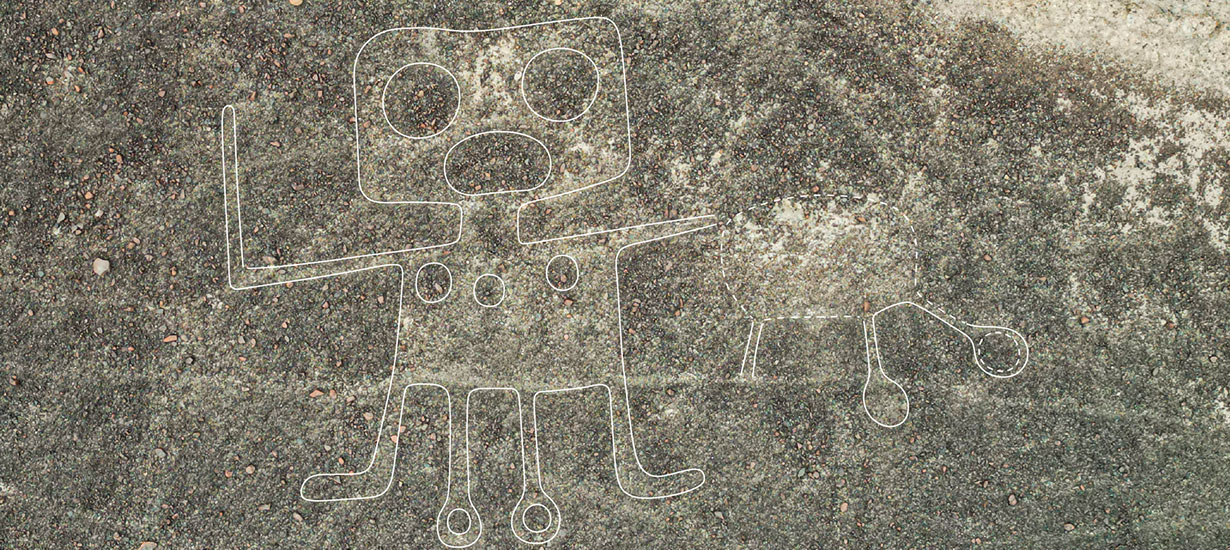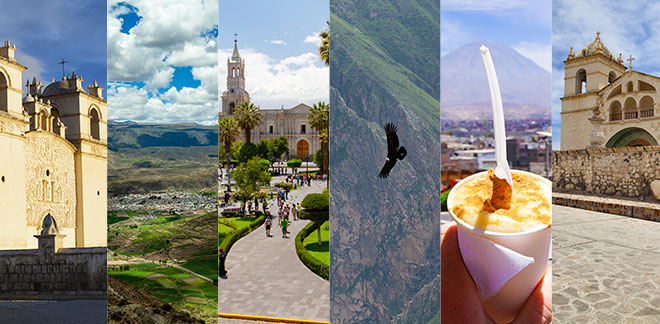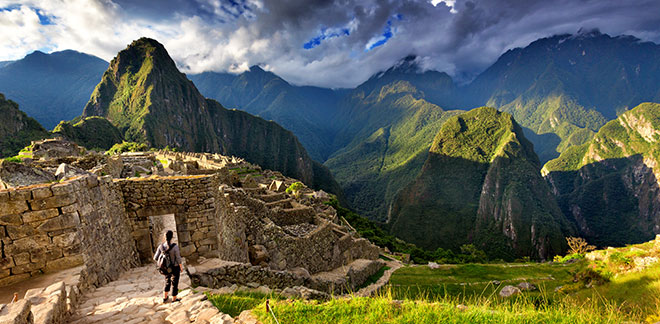Nasca Lines: Discover the incredible findings made possible by artificial intelligence (AI)
Síguenos en:Google News
Science and technology now provide a closer look at deciphering the Nasca Lines, one of the greatest mysteries in world archaeology.
In 2024, a team of Japanese researchers, in collaboration with specialists from the Ministry of Culture, uncovered an astonishing 303 new geoglyphs in the Nasca Lines, located in the Ica region of Peru, thanks to the use of artificial intelligence (AI).
The research was led by Masato Sakai, a scientist from Yamagata University, in collaboration with IBM Research. They utilized advanced technology to analyze high-resolution geospatial imagery, enabling quicker and more accurate identification of new figures in the Nasca desert.
Here is a step-by-step account of this event that reshapes part of Peru's pre-Hispanic history.
The importance and role of AI
According to Sakai, artificial intelligence significantly sped up the discovery process, which he views as a major advantage. The Nasca pampas cover an expansive area of over 400 square kilometers, and only the northern part has been thoroughly studied. Consequently, there are relief-like figures in the rest of the desert that remain undiscovered and would be challenging to detect over time.
Convinced that more hidden treasures existed, Sakai and his team reached out to IBM's artificial intelligence division. They had high-resolution images captured from planes and satellites across Nasca, with resolutions as fine as a few centimeters per pixel—details that would have taken the human eye decades to decipher.
This is why the task was handed over to the AI system. Although training this artificial vision was not straightforward, the machine-generated 1,309 potential geoglyph candidates. With this information in hand, the researchers conducted an expedition in the area between September 2022 and February 2023.
The result? A remarkable 303 new geoglyphs have been added to the cultural heritage of humanity. It is worth noting that all of these are of the relief type.
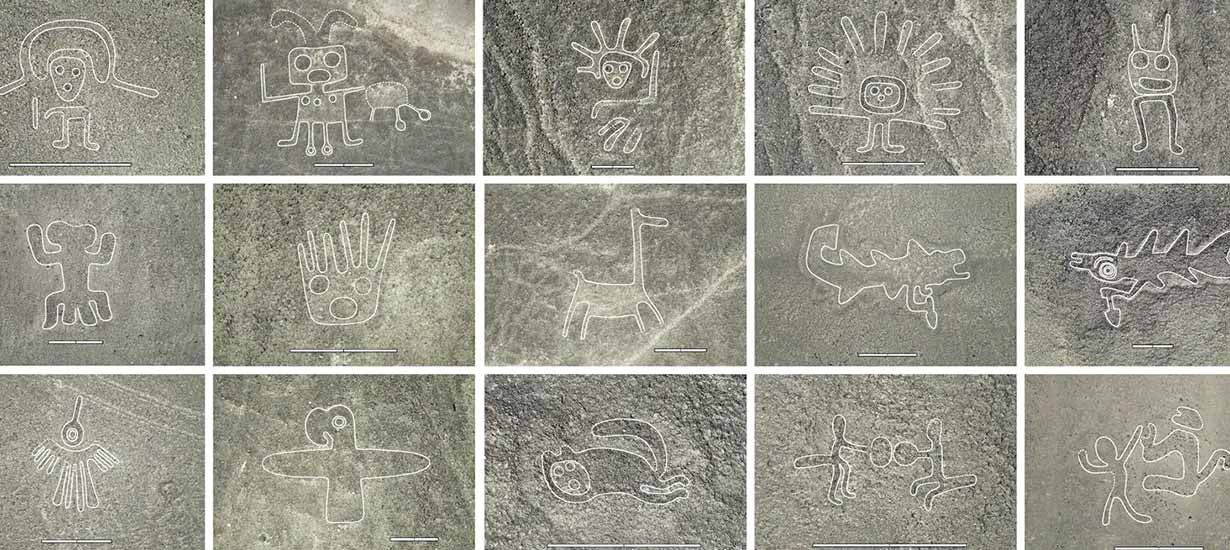 Source: PROMPERÚ
Source: PROMPERÚ
Fact
It is worth noting that currently, up to 13 Nasca Lines can be seen during tourist overflights, along with the Palpa Lines, of which 8 are visible.
What was discovered?
Among the figures discovered are geoglyphs depicting humanoids, decapitated heads, and domestic animals—distinct from the previously known geoglyphs, which typically represent wild animals.
Thus, the newly discovered forms increase the total number found at Nasca to 50 forms created with large lines and 683 relief geoglyphs, encompassing both geometric designs and recognizable figures.
Based on this important information, scientists have been able to identify the following patterns and differences:
- First, the earliest geoglyphs discovered, such as the monkey, the condor, and the cactus, feature wild motifs.
- However, among the latter group, nearly 82 % of the total display human or modified elements, including humanoids, domesticated animals, llamas, and decapitated heads.
- According to Sakai, these latter figures are indicative of scenes involving human sacrifice.
Resizing the discoveries
The placement of the decapitated heads and nearly all the other relief geoglyphs provide new insights into their function. Based on the data gathered in this important research, these relief-type forms are situated just a few meters away from one of the trails that traverse the desert.
According to the researchers, these trails were designed to be visible to hikers. Sakai emphasizes that the symbolic value is crucial. The line-type geoglyphs are located both at the beginning and end of the pilgrimage route to the Cahuachi ceremonial center, while the relief-type geoglyphs become apparent as one walks along the trails.
It is important to note that Cahuachi served as the spiritual center of the Nasca culture, where various ceremonies and rituals were conducted. It was also the largest urban area in the Andean world, spanning 24 square kilometers, characterized by its adobe constructions.
The use of AI and other technologies in archaeology has emerged as a crucial tool for discovering new figures. By identifying geoglyphs in unexplored areas, researchers can develop preservation strategies to protect these invaluable sites from potential loss.
In this way, the collaboration between prominent research centers and the use of innovative tools will continue to reveal the hidden secrets of the Nasca Lines, ushering in a new era of discoveries. Additionally, with each new finding, we gain more insights into the origins, purposes, and meanings of these enigmatic figures.
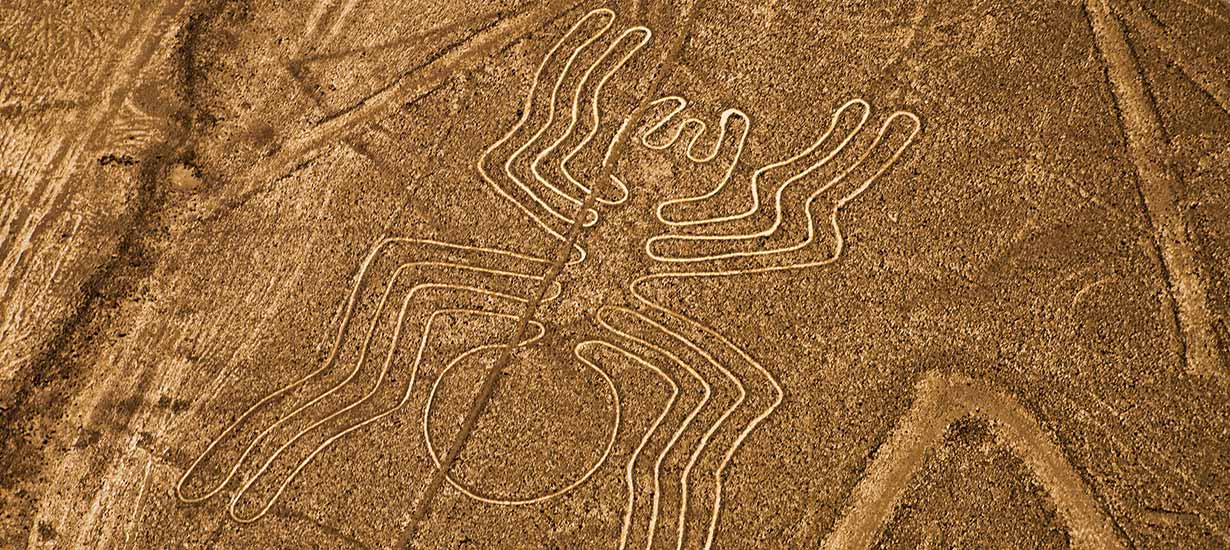 Source: Talia Barreda / PROMPERÚ
Source: Talia Barreda / PROMPERÚ


